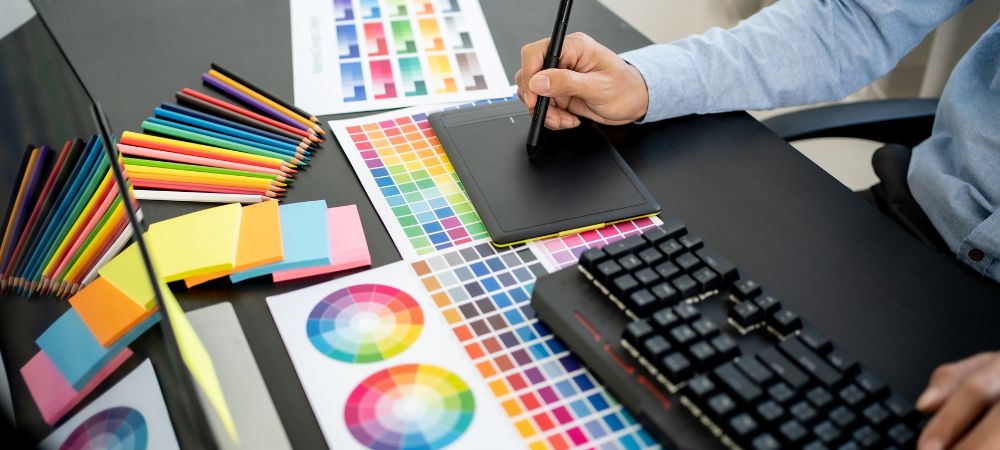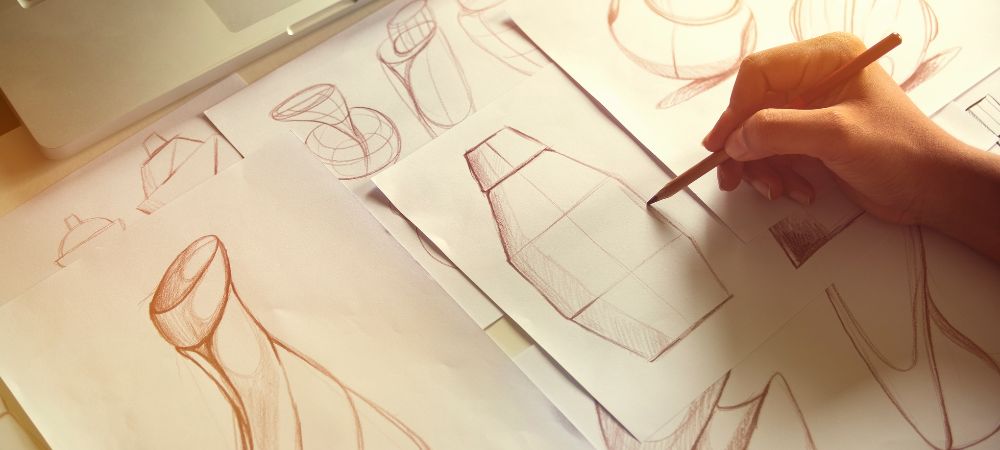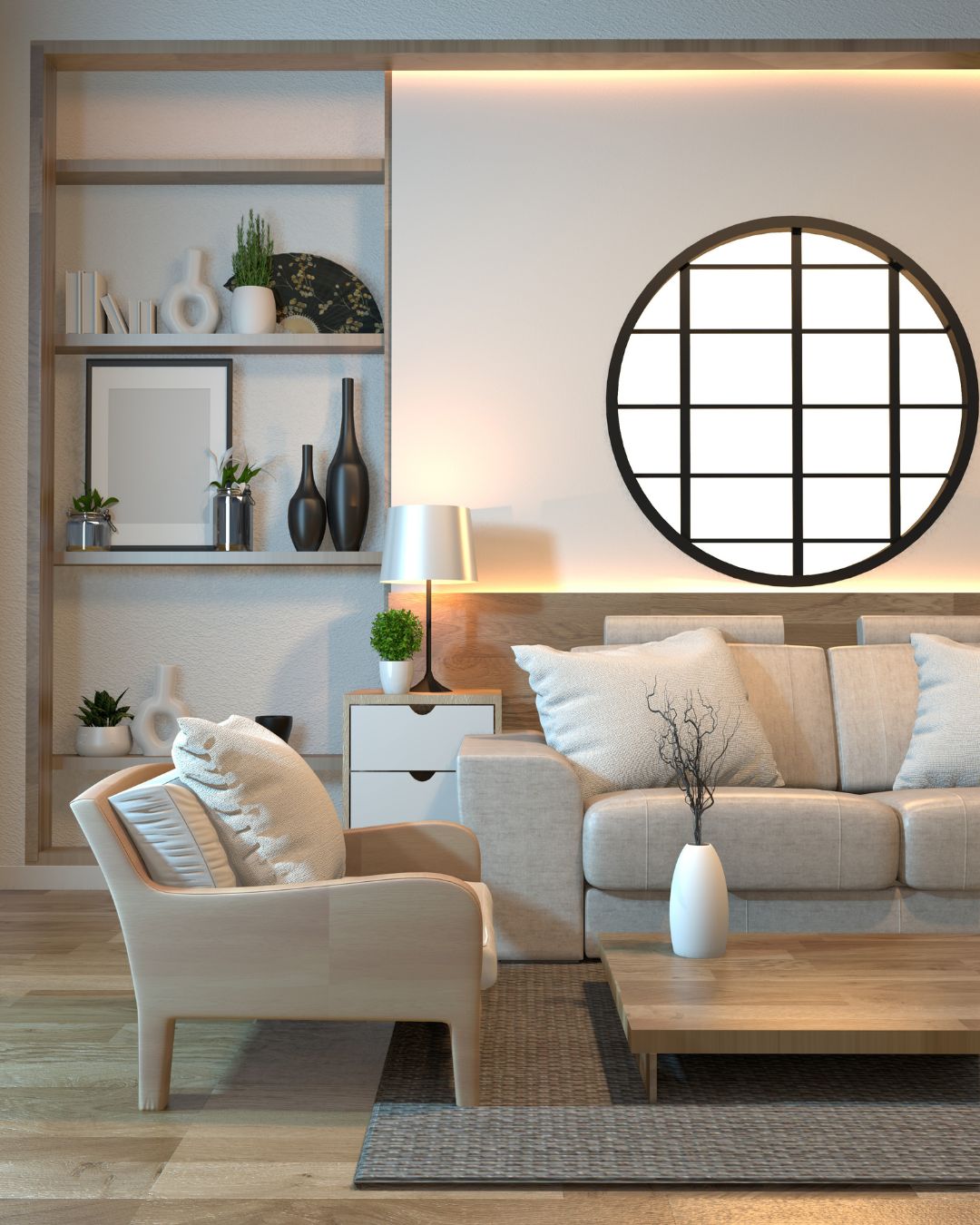

When it comes to interior design, one of the most important aspects is exploring the concept of creative design. By incorporating unique and innovative ideas into a space, it can greatly enhance the overall aesthetic and create a more visually appealing environment.
Creative design allows for personal expression and individuality to shine through in a space. To find out more see it. It enables designers to think outside the box and push boundaries, resulting in truly one-of-a-kind interiors that stand out from the rest. From bold color choices to unconventional furniture arrangements, creative design adds personality and character to a room.
By embracing creative design principles, interior designers can transform ordinary spaces into extraordinary ones. Get the inside story click listed here. Whether it's through adding unexpected textures or mixing different styles together, creativity plays a crucial role in elevating the visual appeal of an interior.
Incorporating elements of creative design not only enhances the aesthetic of a space but also creates a more engaging and inspiring atmosphere. It encourages people to think differently about their surroundings and can evoke emotions and memories that traditional designs may not be able to achieve.
Overall, exploring the concept of creative design within interior design is essential for creating spaces that are visually stimulating and captivating. By pushing boundaries and thinking outside the box, designers can bring new life to any room and make a lasting impression on those who experience it.
Color schemes, patterns, and textures play a crucial role in creative interior design. They can really make or break a room's vibe, ya know? When done right, they can create a cohesive and visually appealing space that reflects the homeowner's personality and style.
Without color schemes, patterns, and textures, a room can feel boring and lackluster. It's like trying to bake a cake without any sugar - it just doesn't work! By incorporating different colors, patterns, and textures into your design, you can add depth and dimension to the space.
Contrasting colors can create visual interest and draw the eye to certain focal points in the room. Patterns can add a playful touch or bring in a sense of sophistication depending on how they are used. And textures can add warmth and coziness to a space, making it feel more inviting.
Overall, when it comes to interior design, don't underestimate the power of color schemes, patterns, and textures. They may seem like small details but they can truly transform a room from drab to fab!
Typography plays a crucial role in shaping your brand's visual identity.. By employing the right fonts, sizes, and styles in your logo design and branding materials, you can create a strong and memorable impression on your audience.
One tip for using typography to enhance your brand's visual identity is to choose fonts that reflect the personality of your brand.

Posted by on 2024-04-24
When it comes to enhancing your understanding of whitespace and negative space, there ain't no shortage of tools and resources out there to help ya out.. From online tutorials to books on design principles, the information is all at your fingertips.
One thing ya gotta remember when tryna effectively use whitespace and negative space in visual compositions is that less is more.

Posted by on 2024-04-24
Creative design is so important in marketing because, without it, a campaign can easily get lost in the noise of all the other advertisements out there.. Just think about some of the most successful campaigns you've seen - they probably had eye-catching visuals and clever messaging that made you stop and take notice, right?

Posted by on 2024-04-24
Color theory plays a crucial role in creative design by using colors to evoke emotions and convey messages.. Colors have the power to influence how we feel and perceive things, which is why they are such an important aspect of design.
By understanding color theory, designers can create visually appealing designs that effectively communicate their intended message.

Posted by on 2024-04-24
Creating a successful creative design campaign involves a lot of steps, but one of the most important is to monitor and analyze campaign performance.. This helps to see what is working well and what needs improvement.

Posted by on 2024-04-24
So, when you're getting ready to show off your design to your audience, there's a few things you can do to make sure it really pops.. First off, don't just settle for the first draft - take the time to refine and polish your work.

Posted by on 2024-04-24
When it comes to interior design, many people overlook the importance of furniture and accessories in adding personality and style to a space. However, these elements can truly make or break a room's aesthetic appeal.
By carefully selecting furniture pieces that reflect your personal taste and style, you can create a space that feels unique and inviting. Accessories such as throw pillows, rugs, and artwork can also play a crucial role in enhancing the overall look of a room.
Without considering the use of furniture and accessories in your design process, the space may feel dull and uninspired. Neglecting these elements can leave a room feeling incomplete or lacking character.
So next time you're decorating a space, don't forget to think about how furniture and accessories can help bring your vision to life. Trust me, it makes all the difference in creating a stylish and personalized environment!


Lighting plays a crucial role in setting the tone and atmosphere of interior spaces. Without proper lighting, a room can feel dull and uninviting. However, by highlighting the significance of lighting in creating ambiance and mood, interior designers can transform a space into something truly special.
One key aspect of lighting is its ability to create different moods. By using various types of light fixtures, such as overhead lights, lamps, and sconces, designers can manipulate the ambiance of a room to suit the desired mood. For example, soft ambient lighting can create a cozy and intimate atmosphere for a living room or bedroom, while bright task lighting is essential for areas like kitchens or home offices.
In addition to setting the mood, lighting also plays a crucial role in emphasizing key features of a space. By strategically placing lights to highlight architectural details or artwork, designers can draw attention to these elements and create visual interest. This not only enhances the overall aesthetic appeal of a room but also adds depth and dimension.
Moreover, lighting can also affect our perception of space. Well-placed lights can make a room appear larger or smaller than it actually is by casting shadows or creating focal points. This manipulation of light allows designers to control how we experience and interact with a space.
In conclusion, it is clear that lighting is an essential element in interior design. By recognizing its significance in creating ambiance and mood, designers can elevate any space from ordinary to extraordinary. So next time you're designing your home or workspace, don't underestimate the power of good lighting!
When it comes to sprucing up your living spaces, there are plenty of ways to incorporate creative design elements that can really make a room pop! From bold accent walls to funky furniture pieces, adding a touch of creativity can transform a dull space into something truly special.
One tip is to mix and match different textures and patterns. Instead of sticking with one style or color scheme, try mixing things up by combining different materials like wood, metal, and fabric. This can add depth and visual interest to any room.
Another idea is to play around with lighting. Adding unique light fixtures or lamps can create a cozy atmosphere in a bedroom or living room. And don't forget about natural light - opening up curtains or blinds can instantly brighten up a space.
Don't be afraid to get your hands dirty either! DIY projects can be a fun way to add personal touches to your home decor. Whether it's painting an old piece of furniture or creating your own artwork, incorporating handmade elements can give your space a truly unique feel.
And lastly, don't forget about the power of plants! Adding some greenery to your rooms can freshen up the air and bring some life into the space. Plus, plants make for great decor accents that can add color and texture.
So go ahead and let your creative juices flow when designing your home or workspace - the possibilities are endless!
When it comes to interior design, there are plenty of case studies out there that showcase successful examples of creative projects. These studies highlight how designers have transformed ordinary spaces into extraordinary ones through their innovative ideas and attention to detail.
One such example is a project where the designer used bold colors and patterns to create a vibrant and eclectic living room. By mixing different textures and materials, they were able to give the space a unique and personalized look that truly reflects the homeowner's personality.
Another case study features a kitchen renovation that completely changed the layout and functionality of the space. The designer incorporated clever storage solutions and modern appliances to make cooking and entertaining easier than ever before.
These success stories serve as inspiration for anyone looking to revamp their own space. By thinking outside the box and taking risks, designers can achieve incredible results that not only look beautiful but also improve the overall functionality of a room.
So next time you're feeling stuck with your interior design project, just remember these case studies and let them inspire you to think creatively and push boundaries. With a little imagination and determination, you too can create a space that is truly one-of-a-kind.